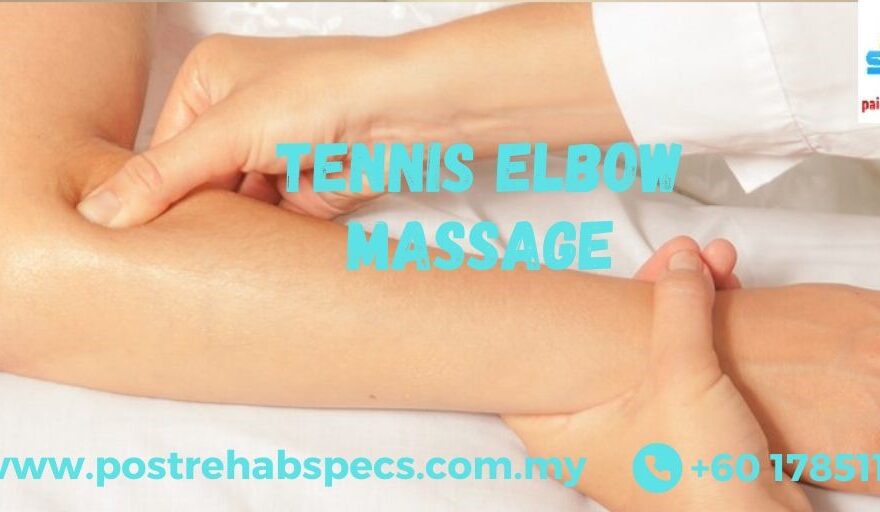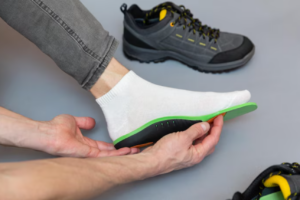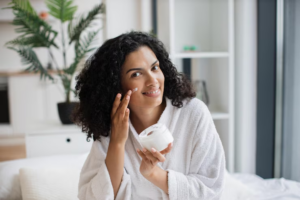
Tennis elbow, also known as lateral epicondylitis, is a condition that causes pain in the elbow and arm. Although tennis players commonly associate it with their sport, anyone who repeatedly uses their forearm muscles can be affected by it. Fortunately, one of the most effective ways to manage and reduce tennis elbow pain is through massage therapy. This blog will explore the benefits of tennis elbow massage and how it can provide relief.
What is a Tennis Elbow?
Tennis elbow occurs when the tendons in your elbow are overloaded. This is often due to repetitive motions of the wrist and arm, leading to inflammation. The pain typically centres around the outside of the elbow and can spread into the forearm and wrist.
Key Symptoms of Tennis Elbow:
- Pain and tenderness on the outer part of the elbow
- Weak grip strength
- Difficulty lifting or gripping objects
- Pain that worsens with repetitive motion
How Massage Helps Tennis Elbow
Massage is a wonderful, non-invasive treatment to reduce tennis elbow pain. Tennis elbow massage enhances blood flow and reduces spasms of muscles, thus promoting healing in tissues. Recurrent massages can also help one to avoid future injuries by strengthening muscles and tendons.
Advantages of Massaging with Tennis Elbow
- Inflammation the Key is Reduced
Massage also aids in decreasing inflammation within the tendons, which might help lessen the resultant pain and swelling. It is a chemical-free way to quicken the healing process because it promotes better blood flow in the area. - Relaxes Muscles
The elbows and forearm are muscles, which become tense due to too much strain. This type of massage may relax these overstretched muscles near the elbow and forearm, relieving some forces put on the tendon and the resultant pain, too. - Improves Circulation
Better circulation carries oxygen and nutrients to the affected tissues. This helps to ensure a quicker healing time and reduces the opportunities for more damage. - Increases Flexibility
Massage therapy increases the flexibility of your arm muscles and tendons. Increased flexibility decreases the opportunity to cause further irritation by the injury.
Many massage techniques are applied in relieving tennis elbow pain. Each method specifically addresses different elements of the condition to provide thorough relief.
1. Deep Tissue Massage
Deep tissue massage is the manipulation of deeper layers of muscle and tendon. This is highly effective in loosening tension and for breaking up scar tissue that may have built up as an aftermath of prolonged inflammation.
2. Cross-Friction Massage
In cross-friction massage, pressure is applied across the fibres of tendons. This helps help rebalance the muscle fibres, reducing scar tissue buildup, and healing accordingly.
3. Trigger Point Therapy
Trigger points or knots in muscles are what a tennis elbow patient faces, and these knots arise due to pain in this region. The therapist works to dissolve the knot and the tension in it to relieve the patient’s pain.
4. Myofascial Release
The myofascial release will work on the connective tissues surrounding your muscles. It facilitates a reduction in tightness and helps ease mobility in the arm so that there is a reduction in stress on the elbow.
How Often Should One Get a Tennis Elbow Massage?
Consistency is where the advantages of massage therapy lie. How many massage treatments do you want per week depends on how severe your tennis elbow is. You can get advice either from a health professional or a massage therapist on how many times you can visit.
General Guidelines
- Mild Cases: One massage session a week should be enough if your discomfort is mild.
- Moderate Cases: Patients who are mildly affected may need only two or three sessions a week.
- Severe Cases: For more severe cases, the patient may need daily massage therapy, even up to near-daily, until the symptoms of tennis elbow start to decrease.
How Do I Massage Tennis Elbow at Home?
While professional tennis elbow massage is the best, there are also things you can do on your own. Sometimes, this can complement what you get from a professional massage, giving you relief during downtime.
Instructions for Self-Massage:
- Warm Up: Apply a heating pad or warm towel to the affected area for five minutes to relax the muscles.
- Use Gentle Pressure: Place your fingers over the outer portion of the elbow and apply gentle pressure using circular motions.
- Forearm: Massage the muscles in the forearm also since it is the attachment that often suffers from tennis elbow.
- Stretch After Massage: After the massage, lightly stretch your arm and wrist so that flexibility can be improved.
Precautions Using Massage Therapy for Tennis Elbow
Massage therapy is generally safe but careful not to worsen the condition. Always listen to your body so you can stop if there’s a feeling of sharp pain.
Points to Reflect On
- Avail your massage where inflamed or swollen parts are not massaged directly.
- Do not apply excessive pressure since that could cause additional injury.
- Consult a doctor before massage therapy if you have other health conditions.
More Tennis Elbow Management Strategies
Massage therapy is one of the management strategies used for the alleviation of tennis elbow. Further integrated management strategies will aid you in your recovery and may help prevent future episodes.
Other Treatments
- Rest: Avoid activities that may strain your elbow to allow your tendons to heal.
- Ice Therapy: You can put ice on your elbow to help reduce inflammation and numb the pain.
- Stretching: Gentle stretches of the forearm muscles can help increase flexibility and reduce the tension on the tendons.
- Strengthening Exercises: Strengthening muscles in the forearm and wrist help eliminate future flare-ups.
Conclusion
Tennis elbow can be very painful, but natural remedy also offers massage therapy as a way of relief. These will help reduce the tension in the muscles, improve blood circulation and stimulate healing. Regular massage sessions can make a wonderful difference in your efforts at dealing with the condition. Still, always make sure to consult with a professional to create the appropriate treatment plan for you.




